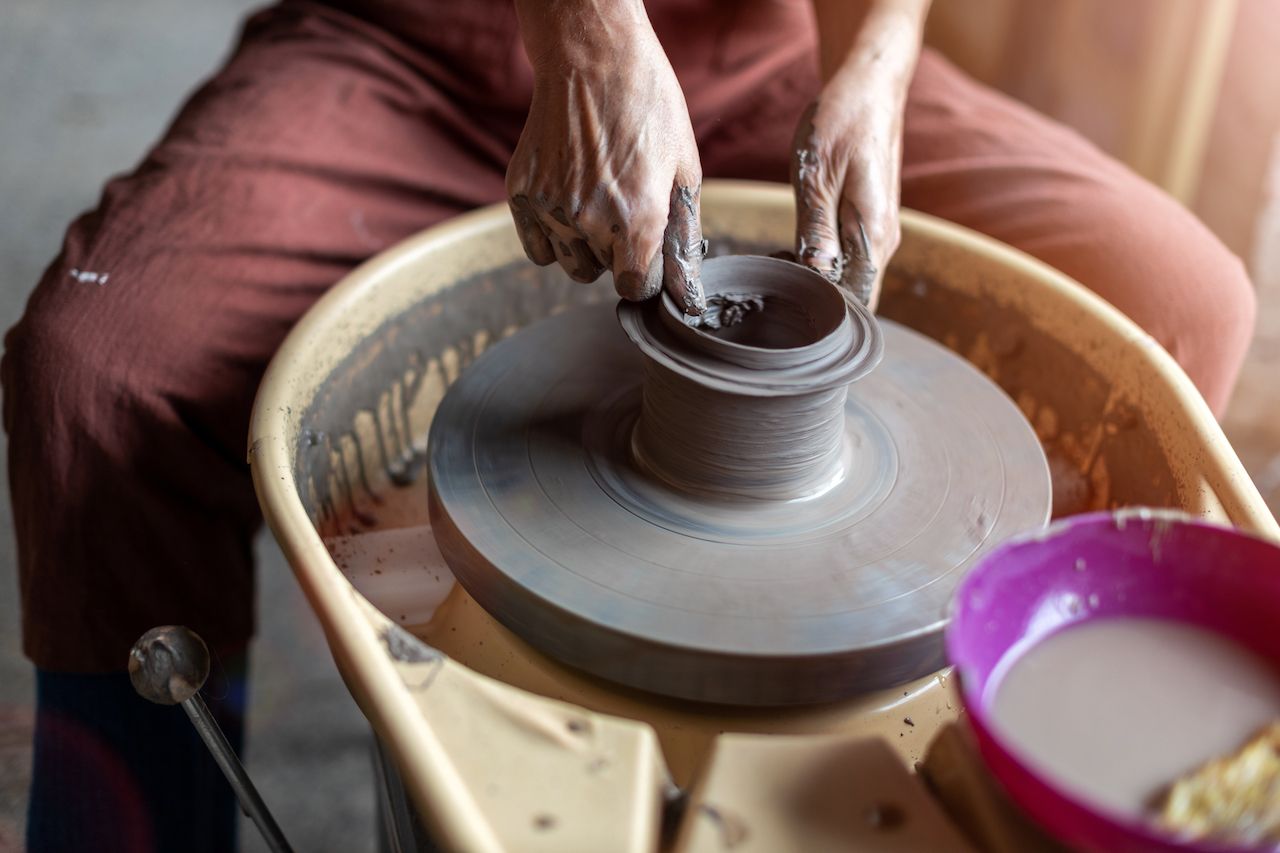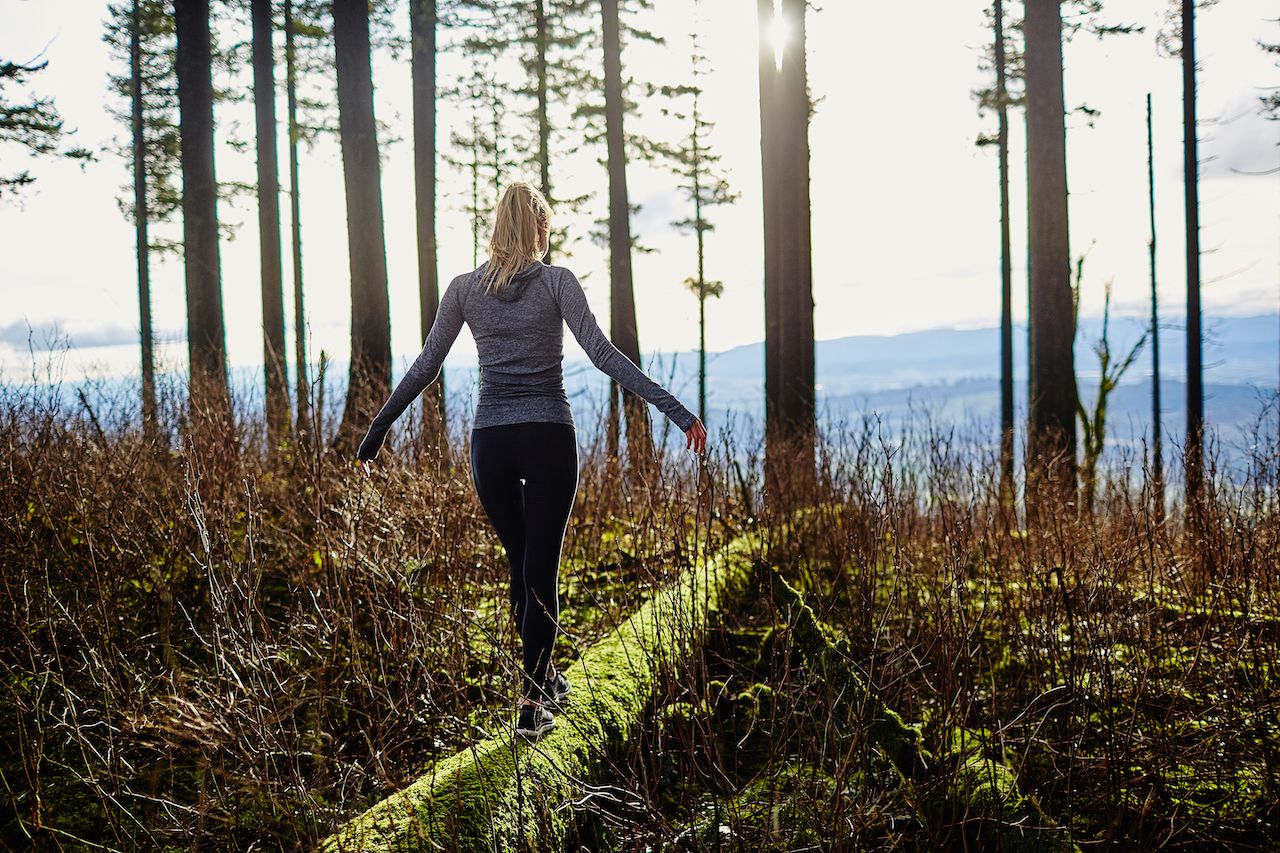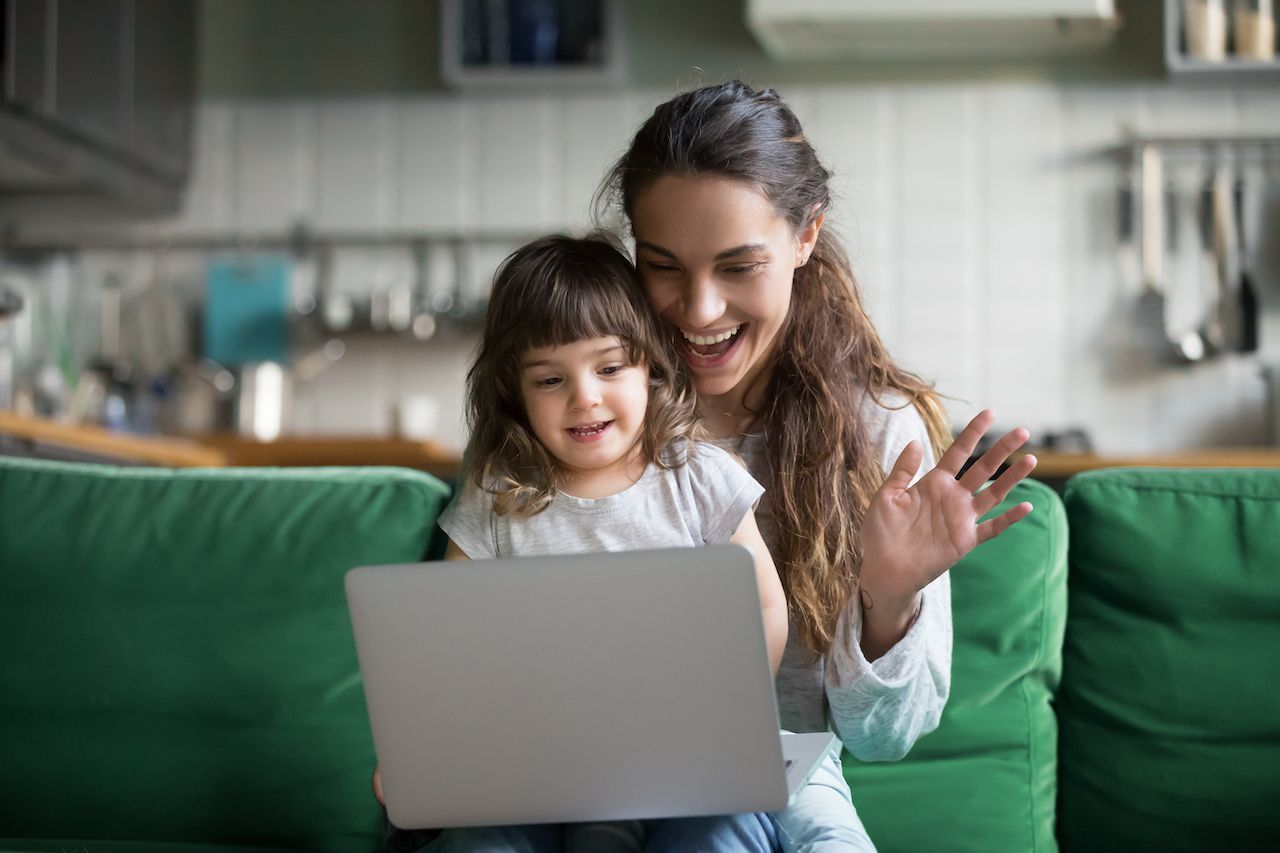COVID-19 has forced us to slow down, restrict our movements, and turn our attention inwards. That’s a major lifestyle change for many of us.
The slow-living movement reminds us to be mindful of what’s around us. It’s about cultivating simple pleasures and using our resources wisely, skills that are suddenly very useful during a pandemic. Slow living began with an exploration of local, sustainable food and has expanded to encompass a more thoughtful, intentional way of life.






